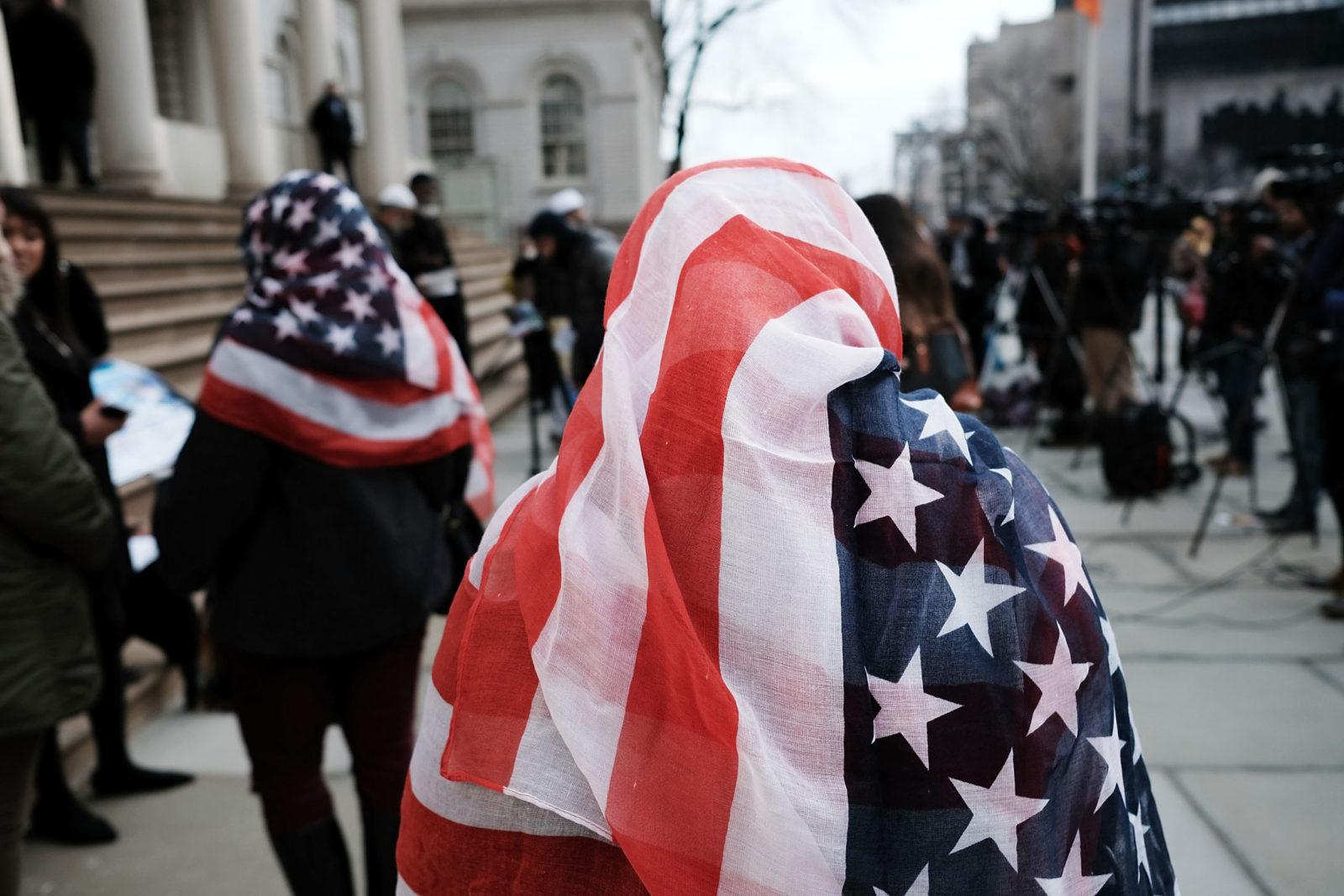
The 9/11 attacks brought American Muslims under a heavy spotlight. Right from the next day, Muslims were being suspiciously stared at.
For 20 years the tragedy of that day has transformed American Muslim life, in deep and conflicting ways. The alleged terrorist attacks unleashed a deluge of anti-Muslim hate and misinformation that persists today. Strangers yelling at Muslims, calling them terrorists, and sometimes attacking them in public wasn’t uncommon. In some cases, innocent Muslims were even shot at and killed.
But on the other hand, many Muslims also became proactive in dispelling misinformation about Islam and inviting people to the religion. Many Americans embraced Islam in the years that followed. Muslims also engaged politically and on public forums. The struggle birthed a generation determined to define their place in American life on their own terms.
Hasan Minhaj, a Muslim comedian for example, became extremely popular. His events are mostly held in a sold-out theater. Last year Ramy Youssef won a Golden Globe Award. Americans elected Muslims to Congress for the first time, starting with Keith Ellison and André Carson, African American converts, and then Rashida Tlaib, the daughter of Palestinian immigrants, and Ilhan Omar, a refugee from Somalia who successfully challenged the 181-year rule banning headwear in the House chamber.
“It has caused incredible violence and pain and trauma, but it has also created incredible possibility and hope and new forms of community,”
The New York Times reported last month several stories of American Muslims growing up in a post 9/11 world. As one of those interviewed explained, “It has caused incredible violence and pain and trauma, but it has also created incredible possibility and hope and new forms of community,” Dr. Chan-Malik, associate professor of American studies at Rutgers University, said of Sept. 11. “It absolutely changed everything.”
Mass surveillance of Muslims
Among all the challenges that the Muslim community went through, the most significant perhaps was the mass surveillance and racial targeting of innocent Muslims by government agencies like the FBI.
Innocent Muslims were harassed and investigated without any reason for suspicion. Recent revelations by former FBI officers and in particular by a whistleblower FBI special agent Terry Albury provided evidence and context to how this all happened.
In October 2018, Albury was sentenced to four years in prison for releasing FBI’s operational documents to the press. He was released in November 2020. The New York Times published a detailed account of his story last month. Much of the material in this article based on the NYT report.
Intelligence agencies spread the hysteria that thousands of Al-Qaeda operatives hid among the Muslim communities and were being indoctrinated in the mosques around the country.
“These documents confirmed what American communities — primarily Muslims and communities of color — and rights groups had long known or thought to be true,” said Hina Shamsi, director of the National Security Project at the American Civil Liberties Union. “For years we’ve been hearing from people who were surveilled or investigated or watchlisted with no apparent basis for the FBI to suspect wrongdoing, but based primarily on their race or religion or political organizing and beliefs.”
Intelligence agencies spread the hysteria that thousands of Al-Qaeda operatives hid among the Muslim communities and were being indoctrinated in the mosques around the country.
How it all began
FBI’s director, Robert Mueller, was appointed just a week before the Sept. 11 attacks. After the tragic events, there was panic in the government. The Bush administration had ignored several warnings of an imminent attack. Worried about more Al-Qaeda attacks, the Justice Department initiated a search for the “terrorists among us,” as Attorney General John Ashcroft had said during an October 2001 speech.
In Washington, the government’s most senior officials, including the FBI director, met each morning to go over the daily threat matrix, a spreadsheet detailing every rumor and possible threat to national security.
Former CIA official Philip Mudd later called much of the material in the threat matrix “trash,” but the people who read it saw it very differently.
The US response to terrorism eventually became a domestic surveillance program.
By the end of September 2001, Mueller told US President George Bush that Al-Qaeda had 331 potential “sleeper” operatives inside the United States. By the following October, intelligence officials were estimating that anywhere from 2,000 to 5,000 Al-Qaeda terrorists might be hiding within various Muslim communities across the United States.
Virtually all of these supposed terrorists turned out to be nonentities — “ghost leads,” as they were called.
The US response to terrorism eventually became a domestic surveillance program. It was a radical shift from the FBI’s historical investigative approach.
“What Mueller did, with the support of President Bush and Attorney General Ashcroft, was leverage the fear of another Al-Qaeda attack to transform the bureau from a law-enforcement agency into a domestic intelligence agency,” said Michael German, a former FBI agent and author of “Disrupt, Discredit, and Divide,” a 2019 critical analysis of the post-9/11 FBI.
This new mandate exposed a vast number of people who were not suspected of breaking the law to some of the same intrusive techniques the bureau had long used against people it suspected were criminals.
“All of this was done without a clear public discussion of what this development might mean for American freedom and democracy or whether it would actually result in greater security,” said German. “As it turned out, spying on innocent people doesn’t help catch guilty people, so it was a flawed approach.”
On 24 October 2001, Congress passed the Patriot Act, which gave the FBI unprecedented power to access financial and communications data of anyone, including American citizens, it believed to be connected to terrorism.
Spying on Muslims; Islam was the enemy
President Bush, in his speeches following Sept. 11, described Islam as a religion of peace and portrayed the attackers as outliers. But, according to Terry Albury, “it was made very clear from Day One that the enemy was not just a tiny group of disaffected Muslims,” he said. “Islam itself was the enemy.”
Albury was asked by two senior agents in the San Francisco division to take an Arabic language class at UC Berkeley and hang around the Zaytuna Institute, a nearby Islamic education center.
Albury spent a year at Berkeley and Zaytuna, befriending students and instructors. “One guy was an aspiring State Department employee — a white kid from Berkeley who wanted to learn Arabic,” he recalled.
Others were student activists or do-gooder types looking for a more nuanced perspective. No one he met talked about jihad or tried to convert him to Islam. Still, he took careful notes, passing them to the agents, who never told him what they did with the names and numbers he provided.
At office, he started getting used to the casual Islamophobia, which he later recognized as endemic to the post-Sept. 11 FBI.
FBI agents were under tremendous pressure to boost the number of open or active investigations and informants, which resulted in improving the office’s statistics and helped get more funding for agents.
The only real case of terrorism Albury worked on throughout his years was an investigation on a Bay Area engineer, Rahmat Abdhir, whose brother, Zulkifli, was a bomb maker in the Philippines and on the FBI’s Most Wanted Terrorists list. The case had ample of evidence and “was an exception,” according to Cook, who served as a supervisory special agent on the San Jose joint task force from 2002 to 2007.
“I’d say most of our investigations were based on very thin leads from questionable sources,” said one former agent on the San Jose joint task force. “But what was the alternative? The government was convinced that there were sleeper cells all over the country, and we had to find them.”
FBI agents were under tremendous pressure to boost the number of open or active investigations and informants, which resulted in improving the office’s statistics and helped get more funding for agents.
In 2007, a new squad supervisor directed a major intelligence initiative against a purported Hezbollah sleeper cell in Silicon Valley. The information came from a Lebanese Christian informant who Albury learned had an open disdain for Muslims. Based on these claims, Albury said, at least eight investigations were opened on various targets, including an unassuming engineer Albury kept tabs on for more than a year, but there were no actual terrorists.
Albury moved to Minneapolis in Minnesota and found FBI agents there making extreme hate-filled comments against Muslims, and in particular against Somali immigrants.
Virtually all of these supposed terrorists turned out to be nonentities — ‘ghost leads’
One day, Albury was handed a thick file pertaining to the leader of a prominent mosque in Minneapolis-St. Paul. The imam had been on the FBI’s radar for years, suspected of radicalizing youth in his community. Albury found nothing in his file to suggest the man was sympathetic to terrorism. Still, he recruited an informant to insinuate himself into the cleric’s world. The informant spent a year praying at the mosque, slowly making his way into the imam’s inner circle. He recorded every conversation.
“Had he been very outspoken against U.S. foreign policy?” Albury says about the imam. “Yes, but that was his constitutional right. He was also very upset when members of his congregation told him that FBI agents had knocked on their door and harassed them, and he sermonized about that, and this was also perfectly legal to do.” But never once had the imam said anything to tie him to Al-Shabaab — in fact, as the years went on, he became an outspoken opponent of terrorism, even urging his congregation to call the FBI if they suspected their children were being recruited. Yet the investigation remained open.
Innocent Muslims trapped in the system
The problem with opening investigations and files on innocent people was, as Albury later realized, their entire lives would be forever affected. Any time such a person applied for a passport, or a job that required a background check, or a driver’s license, or simply had his name run through any sort of government database, for the rest of his life, it would show up that the person had been looked at by the FBI, which would inevitably be viewed as suspicious. Albury found thousands of Minneapolis Muslims in the system and untold millions elsewhere in the country.
FBI agents would also coerce Muslims into spying on their communities threatening them of more pressure or putting them on the no-fly list. According to Albury, this was not uncommon during his time in both San Jose and Minneapolis.
“What the FBI was directing us to do was to go into these communities and instill fear…”
“I don’t think anyone fully appreciates how demoralizing it is to be sitting across the table from a peace-loving man or woman from a foreign country, insinuating all kinds of baseless BS, attempting to coerce them to spy on their equally peaceful community,” he said, “but it was also my job.”
At various times, the FBI cast its net across entire communities of Muslims, using a specific type of assessment known as a Type 5.
“What the FBI was directing us to do was to go into these communities and instill fear and then generate this paranoia within these people so that they know that they’re under suspicion perpetually,” Albury said.
“Say you’d get an alert from the CIA or some other intelligence source that an ISIS recruiter had been trying to recruit teenagers and young men from a specific Syrian refugee camp during a specific time period,” he says. “This happened all the time. That would give the FBI license to look at every male Syrian refugee between certain ages who had been at that camp and then come into the United States after the time the recruiter was supposed to have been there. And so the FBI would look at all of those kids, and they could keep looking at those kids, and their friends, and maybe all the kids in a 30-block radius because they could say they had ‘credible intelligence’ to suggest that some of these people had terrorist sympathies.”
The problem with opening files on innocent people was their entire lives would be forever affected.
“It becomes a vicious circle,” Albury says, “because the longer that you look at a kid, the bigger the file gets, even if they’ve done nothing. And then six months later, somebody calls the FBI and says, ‘I’ve seen some suspicious activity in this neighborhood,’ and an agent can see that we have thick files on all of these kids. But the question is, OK, so you have thick files on these kids, but the files have shown that these kids are guilty of nothing. So what does that actually achieve? It achieves ‘intelligence,”’ he says. “And that is a nebulous, wonderful-sounding word that everyone likes to throw around, but based on my experience, the entire purpose of these assessments was to create a database of American Muslims.”
It was in this manner, among others, that large numbers of people in Minneapolis’s Somali, Syrian and other immigrant communities, and those in other cities, were put under long-term monitoring without their knowledge, their names inscribed in FBI files for use in later investigations or disseminated to other intelligence agencies.
Abusing community workshops
A counter-radicalization program known as Shared Responsibility Committees brought together local and federal law enforcement with various members of the community — imams, teachers, psychologists, coaches, social workers — to come up with intervention strategies to dissuade young people from radicalizing — the Obama administration’s Countering Violent Extremism initiative.
Generous funding had been made available to nonprofit organizations and law-enforcement agencies to run community-engagement workshops, though several local and national advocacy groups saw the program as an effort at intelligence gathering. The FBI was entitled to pursue prosecution, or share information with other agencies in the government or foreign governments.
No evidence against Islam or Muslims in the US
In reality, there was no evidence of Al-Qaeda sleeper cells, as was acknowledged in a 2005 internal FBI report.
“We’ve built this entire apparatus and convinced the world that there is a terrorist in every mosque, and that every newly arrived Muslim immigrant is secretly anti-American, and because we have promoted that false notion, we have to validate it. So we catch some kid who doesn’t know his ear from his [expletive] for building a bomb fed to them by the FBI, or we take people from foreign countries where they have secret police and recruit them as informants and capitalize on their fear to ensure there is compliance. It’s a very dangerous and toxic environment, and we have not come to terms with the fact that maybe we really screwed up here,” Albury said. “Maybe what we’re doing is wrong.”
There was no existential threat from Islam, as Albury was taught as a surveillance trainee, just an endless list of people who were being targeted because they were Muslim. It had taken him a decade to reach this conclusion.
Terry Albury decided to expose FBI’s practices to the press in public interest and to bring accountability to the agency. He got in touch with The Intercept and provided evidence of FBI’s practices. The Intercept published a series of articles on the topic, which did not gain much public attention as all eyes were fixed on Donald Trump. Albury was prosecuted and sentenced to four years in prison.
“I did it because it got to a point where the reality of what I was a part of hit me in a way that just shattered my existence. There is this mythology surrounding the war on terrorism, and the FBI, that has given agents the power to ruin the lives of completely innocent people based solely on what part of the world they came from, or what religion they practice, or the color of their skin. And I did that,” Albury said. “I helped destroy people. For 17 years.”
Limited free articles. Subscribe for full access.


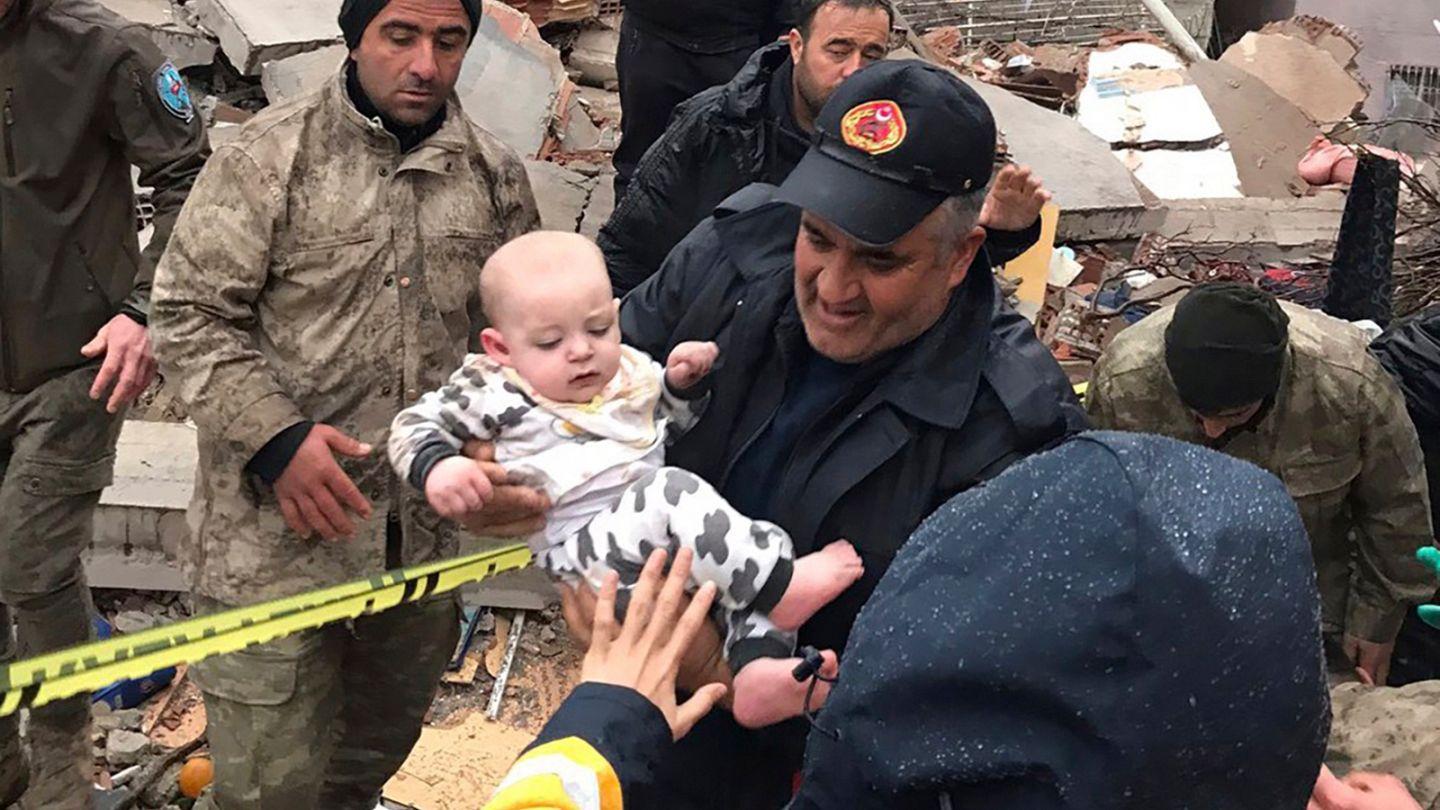
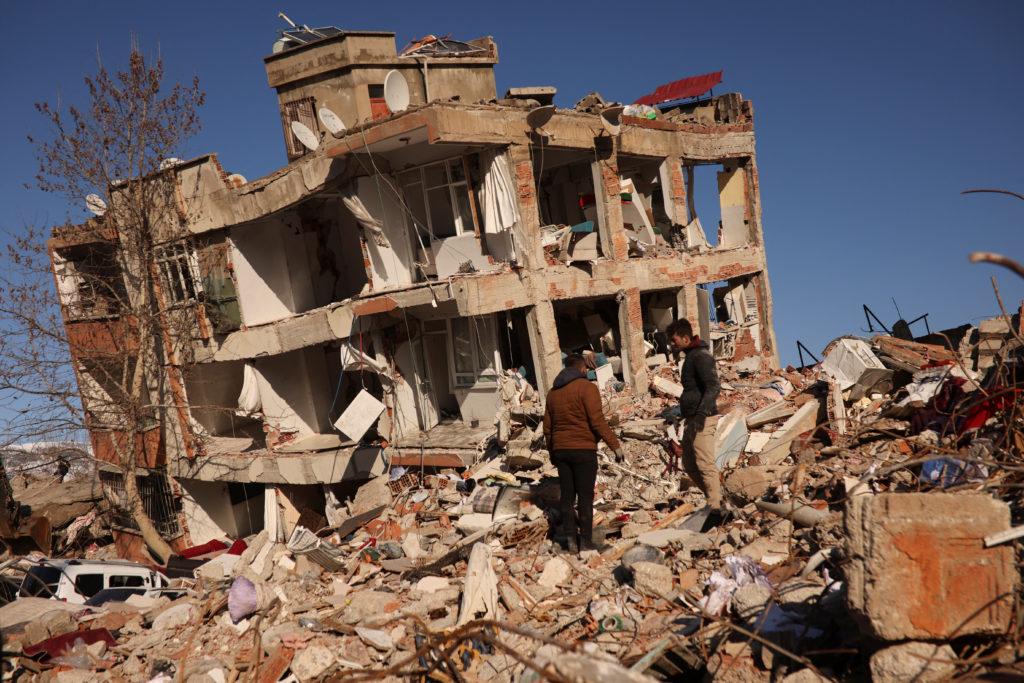


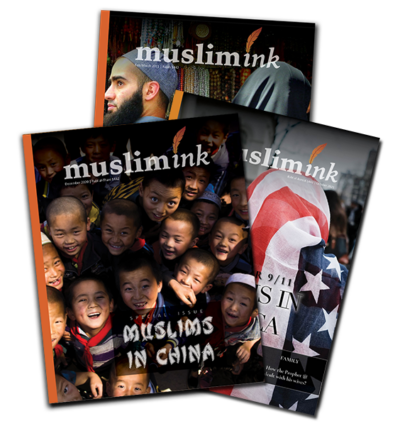
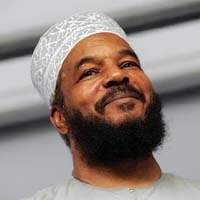 Dr. Bilal Philips
Dr. Bilal Philips